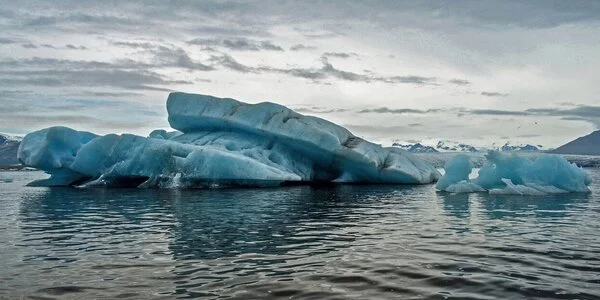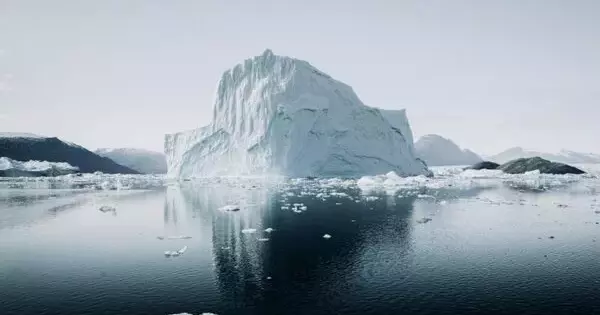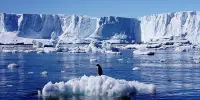According to new research published in Science Advances, sea ice and wildfires may be more interconnected than previously thought. Researchers from the University of Colorado Boulder and the National Center for Atmospheric Research (NCAR) discovered that soot and other burned biomass from wildfires in Colorado and elsewhere in the Northern Hemisphere can eventually make their way to the Arctic by examining differences between climate models. Once there, it can have an impact on how much – or how little – sea ice remains at any given time.
This, in turn, has the potential to have a global impact on climatic patterns, reinforcing a previously unseen feedback loop between the two systems.
“This research found that particles emitted from wildfires where people live can really impact what happens in the Arctic thousands of miles away,” said Patricia DeRepentigny (PhDAtmos’21), the lead author on the paper and a postdoctoral fellow at NCAR.
“Sometimes the Arctic can be seen as this region that we shouldn’t care about because it’s so far away from where we live … but the fact that there’s this back-and-forth of what happens here with the wildfires can affect the sea ice, and a diminishing sea ice can then lead to more wildfires here, connects us with the Arctic a little bit more.”
This research found that particles emitted from wildfires where people live can really impact what happens in the Arctic thousands of miles away. The goal that we’re aiming for here is to have these climate simulations be more reliable and provide us with projections that can then inform policymakers and societal choices, helping us get closer to something that can truly help us make the best decisions as a society.
Patricia DeRepentigny
Climate models, which simulate how different parts of the climate interact, have long been used by governments all over the world to help guide future climate change policies. As science has advanced, so have these models, which have grown in sophistication and capability.
However, DeRepentigny and colleagues noticed a drastic acceleration of Arctic sea ice loss towards the end of the twentieth century in a recent model, the NCAR-based Community Earth System Model version 2 (CESM2), that was not seen in previous models. So they decided to figure out why.
What they found when comparing the forcing (the different ways a climate model can be influenced, such as carbon dioxide or methane emissions or solar radiation) between the new and previous generation of climate models was that biomass burning emissions had the biggest effect on Arctic sea ice loss when simulated.

When they looked into why these biomass burning emissions were so significant, they discovered that the main difference is due to non-linear cloud effects that can occur when aerosols, small particles, or liquid droplets released by fires interact with Arctic clouds. When there is a lot of aerosols released during a heavy fire year, it can lead to more and thicker clouds, whereas on lighter fire years, those clouds are thinner, allowing more solar radiation to get through and melt more ice.
Previous research has shown that as the sea ice melts, large wildfires spread across the western United States. By demonstrating that smoke from wildfires can help protect the ice, this new study suggests that variability may be creating more of a feedback loop than previously thought.
“When we think about climate, everything is really interconnected, and this is really a great example of that,” said Alexandra Jahn, an author on this paper and an associate professor in atmospheric and oceanic sciences and the Institute of Arctic and Alpine Research (INSTAAR) at CU Boulder.
“When we’re thinking about climate processes, it’s really a global problem, and we can’t study it in any isolated fashion. We really always have to look at the global picture to understand all these different interactions.”
The researchers caution that this study was model-specific, which means it only looked at one specific climate model, but that their experiments provide a great starting point for future research. This includes potentially pinpointing the effects of specific fires, rather than fires in general, and fine-tuning the models so that they can do simulations where the model itself can generate the fires; for example, if a dry year is predicted, the model could then simulate more fires, which would factor into future sea ice loss projections.
“The goal that we’re aiming for here is to have these climate simulations be more reliable and provide us with projections that can then inform policymakers and societal choices,” DeRepentigny said, adding that this study “helps us get closer to something that can truly help us make the best decisions as a society.”
















